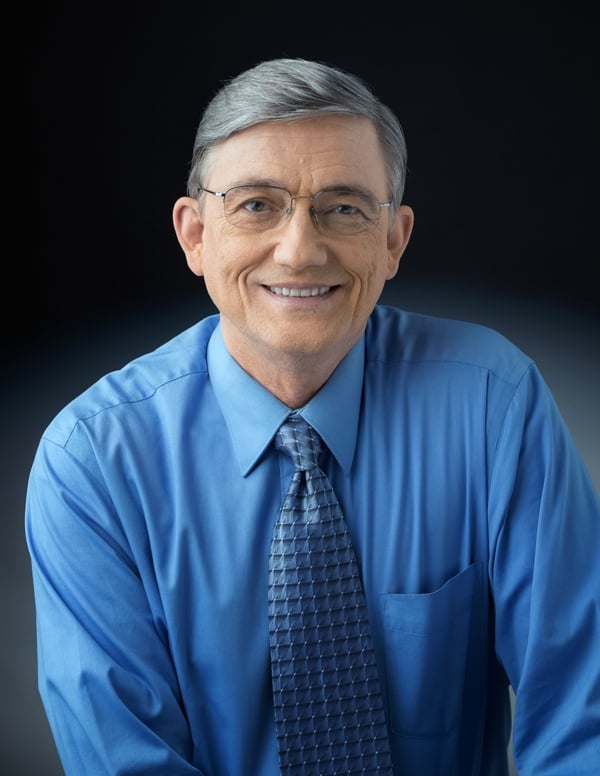3 Things You Need to Know about 2015 Noyce Award Winner Bill Holt
Tuesday, Nov 03, 2015, 8:00pm
by Semiconductor Industry Association
Clark McFadden has been general counsel for SIA and the Semiconductor Research Corporation (SRC) for several decades. In advising SIA, Clark has been a part of many of the most seminal moments in SIA’s and the industry’s history. Tapping into Clark’s extensive knowledge, I recently interviewed him about this year’s Robert N. Noyce Award recipient, Bill Holt.
- Intel’s Bill Holt has been elected by the SIA Board of Directors to receive the prestigious Robert N. Noyce Award this year. Why do you think Bill represents the ideals of the Noyce Award?
A: I think Bill closely personifies the qualities of Bob Noyce – a true “circuit man” who came to lead one of the most dynamic expansions of the industry. Under Bill’s direction, Intel has led the industry in introducing revolutionary transistor technologies such as 90nm strained silicon in 2003, 45nm high-k metal gate in 2007, and 22nm tri-gate transistors in 2011.
- The Noyce Award recipient must have contributed more than to a single company. What has Bill done that advanced the greater good of the industry?
A: It should be stressed, as part of his many achievements, Bill has long led the STARNet initiative, which was launched by SIA and supported by SRC. This program has represented the best in collaboration among the industry, government and universities in the development of advanced, precompetitive technology. SIA, SRC and the industry are forever in the debt of Bill for his demonstrated leadership. STARnet is a successful model that has provided many technology breakthroughs; no other industry has been able to match it. Bill is also a member of the Visiting Committee on Advanced Technology (VCAT) for the National Institute of Standards and Technology (NIST). The committee meets regularly to review NIST programs and to produce an annual report that is submitted to Congress to ensure the value and relevance of NIST’s programs to the U.S. science and technology base and to the economy.
- When did you first meet Bill? Apart from his impressive technology record, tell us something we might not know about him.
A: I first got to know Bill in early 2009 when he replaced Craig Barrett as Chairman of the STARNet Program, then known as the Focus Center Research Program. Like many engineers, Bill professed to have very little interest or patience for consensus building in Washington. He also does not like to travel to attend meetings. Nevertheless, he never missed chairing a meeting in Washington. I attributed his perfect attendance in Washington to the satisfaction he gained in getting government officials to follow his lead, and despite his protestations, a secret enjoyment of public policy making. Years later, I learned that Bill has a son (and three granddaughters!) in Washington who insisted that he come to Washington whenever he could.